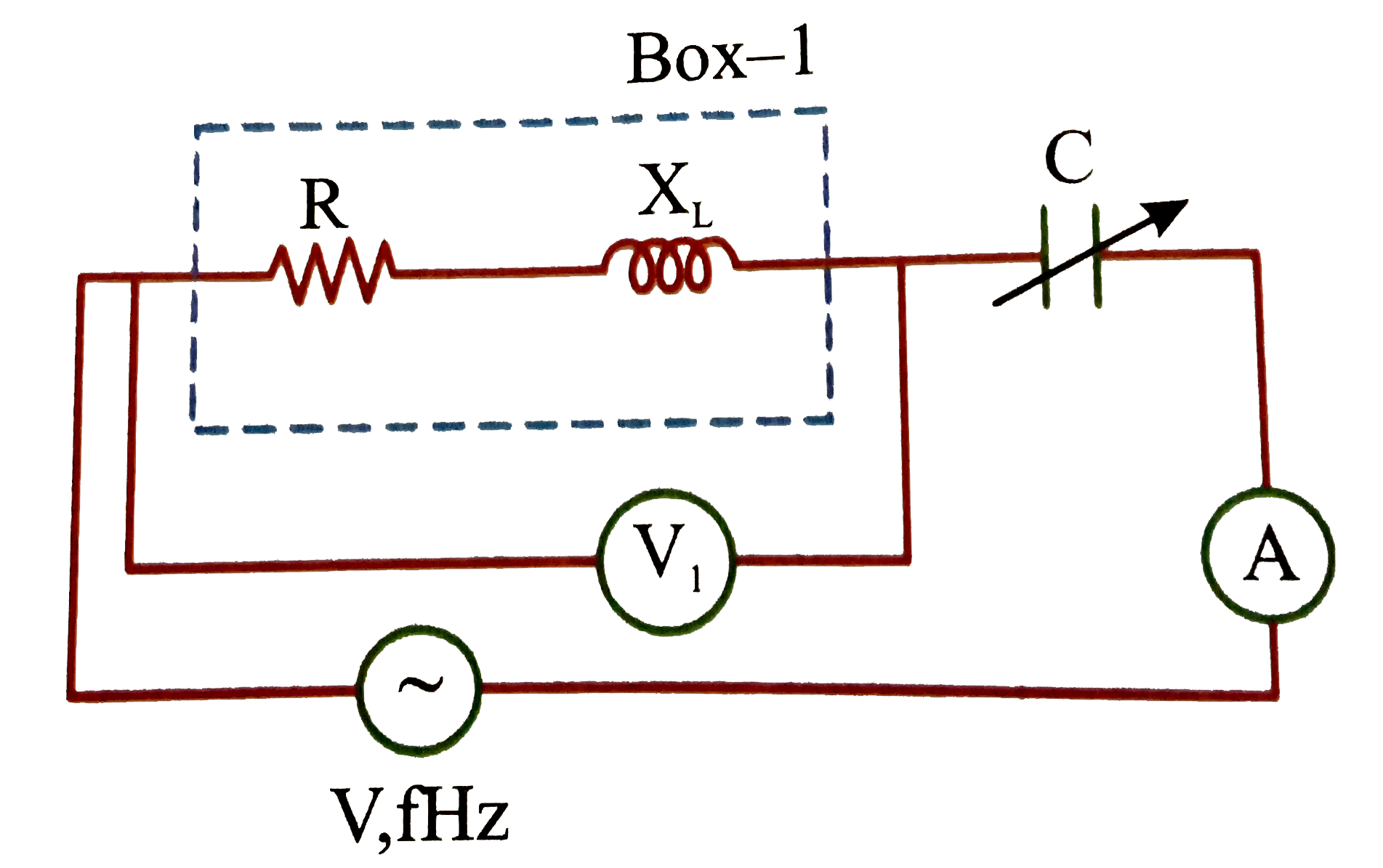Zero (0) is
the identity for addition of rational numbers.
the identity for subtraction of rational numbers.
the identity for multiplication of rational numbers.
the identity for division of rational numbers.
The correct Answer is:A
Step-by-Step Solution:
1. Understanding Identity Element: In mathematics, an identity element for a particular operation is a number that, when used in that operation with any other number, does not change the other number.
2. Identity for Addition: For addition, the identity element is 0. This means that if you take any rational number (let's denote it as pq), and add 0 to it, the result will still be pq.
- Example: 34+0=34
3. Identity for Subtraction: The identity element for subtraction is not defined in the same way because subtracting 0 from a number does not change the number, but adding a number to 0 does not affect the number either. However, the term "identity" is not typically used for subtraction.
4. Identity for Multiplication: The identity element for multiplication is 1. This means that if you multiply any rational number by 1, the result is the same rational number.
- Example: 34×1=34
5. Identity for Division: The identity element for division is also not defined in the same way. Dividing by 1 does not change the number, but dividing by 0 is undefined.
6. Conclusion: Therefore, we can conclude that 0 is the identity for addition of rational numbers.
Final Answer: 0 is the identity for addition of rational numbers.
---
- Example: 34+0=34
- Example: 34×1=34
Topper's Solved these Questions
- RATIONAL NUMBERS BOOK - NCERT EXEMPLARCHAPTER - RATIONAL NUMBERS EXERCISE - Exercise (Fill in the blanks)
22 Videos
- RATIONAL NUMBERS BOOK - NCERT EXEMPLARCHAPTER - RATIONAL NUMBERS EXERCISE - Exercise (true(T) or false (F))
52 Videos
- RATIONAL NUMBERS BOOK - NCERT EXEMPLARCHAPTER - RATIONAL NUMBERS EXERCISE - Example (Problem Solving Strategies)
1 Videos
- PLAYING WITH NUMBERS BOOK - NCERT EXEMPLARCHAPTER - PLAYING WITH NUMBERS EXERCISE - Think and Discuss
1 Videos
- SQUARE - SQUARE ROOT AND CUBE-CUBE ROOTBOOK - NCERT EXEMPLARCHAPTER - SQUARE - SQUARE ROOT AND CUBE-CUBE ROOTEXERCISE - Exercise
52 Videos
Similar Questions
Knowledge Check
Choose correct statement if capcitance increases from zero (0) to inifinity ∞
 ACurrent increases from 0 (Zero) to maximum then decreases to zeroBReading of voltmeter first increases and it will be maximum when XL=XCCPower factor of circuit first increases then decreasesDV1 may be greater than V,V1 may be equal V,V1 maybe less than V, where V1 is reading of volmeter and V is source voltage.
ACurrent increases from 0 (Zero) to maximum then decreases to zeroBReading of voltmeter first increases and it will be maximum when XL=XCCPower factor of circuit first increases then decreasesDV1 may be greater than V,V1 may be equal V,V1 maybe less than V, where V1 is reading of volmeter and V is source voltage.The number 0 (zero) is required for
AtransistorBabacusCcomputerDcalculatorThe electric field and the electric potential at a point are E and V respectively.
A(i),(iii)B(ii),(iii)CAllDNone
Which of the following is closest to zero? (0.09)2 (b) 0.09 (c) (1−0.9)2 (d) 1−(0.9)2
View Solutionfill in the blanks to make the statements true.
On a number line, 43 is to the ___ of zero (0).
View Solutionfill in the blanks to make the statements true.
On a number line, −12 is to the ____ of zero (0).
View SolutionWhich of the following is not zero? (a) 0 x 0 (b) 02 (c) (6−6)2 (d) 4+0
View SolutionWhich of the following is not zero? (a)0×0 (b) 03 (c)7−73 (d) 9+0
View Solution
